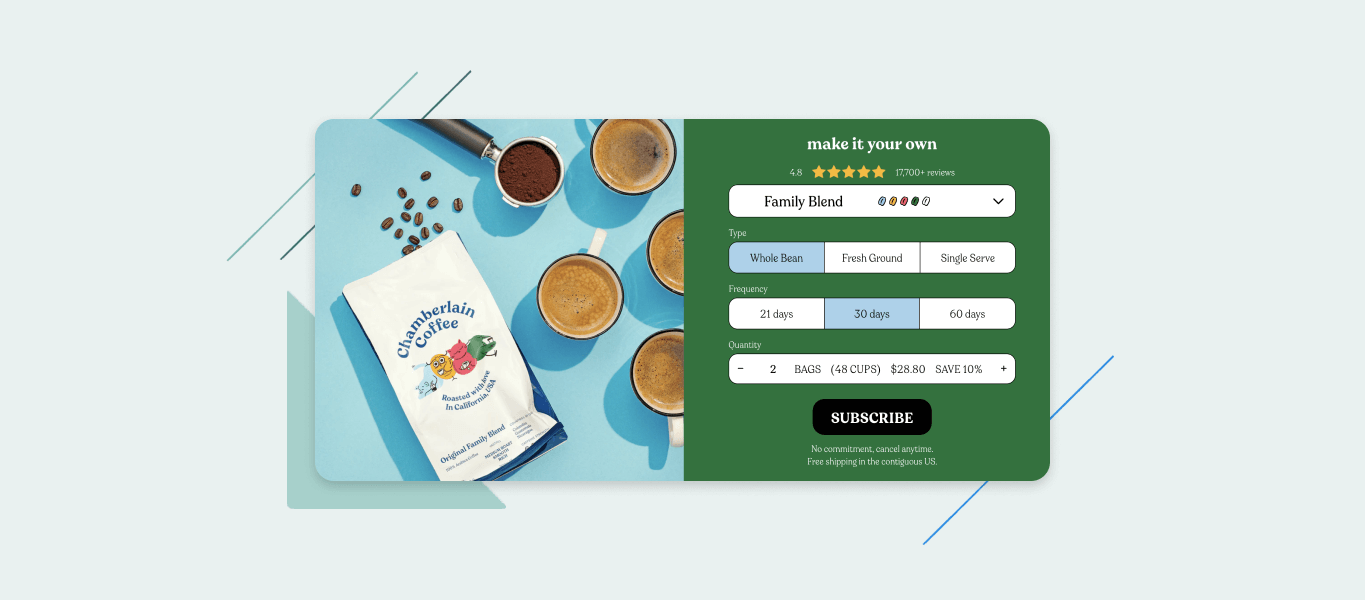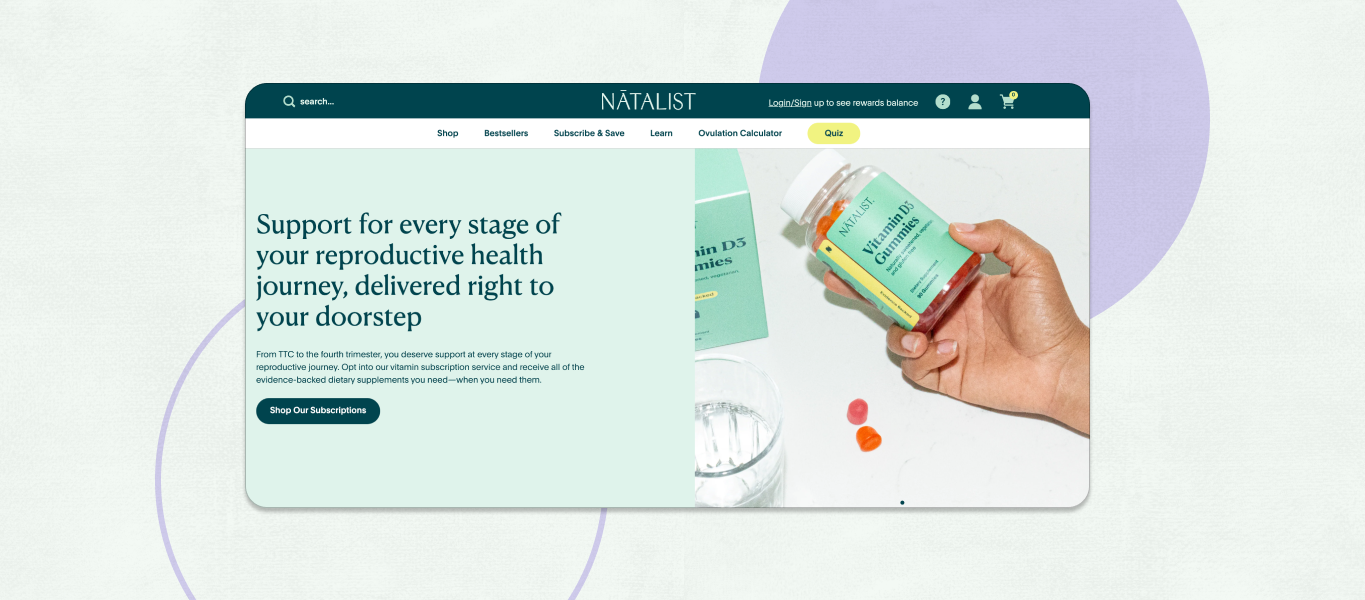Subscription commerce is changing.
In our 2023 in Review report, Recharge named 2023 the Year of the Routine. With economic factors forcing consumers’ spending habits to change, subscribers have tightened their focus to the products that matter most—the ones that define their daily routines—and rewarded them with sustained success.
That presents an opportunity for ecommerce brands. If your products can become indispensable, turn into everyday essentials for customers, then your brand is positioned to thrive.
This blog will cover how the subscription model is evolving, how the new routine economy is affecting brands, and what top brands can do to rise to the top.
Key takeaways
- Subscription commerce is evolving, with the most successful brands being those that integrate themselves into customers' day-to-day lives.
- Succeeding in the new online retail landscape requires a thorough understanding of customers' needs and how to personalize your subscription services to them.
- Tactics like personalized promotions, customizable subscriptions, and targeted churn reduction efforts can help your brand retain customers for the long haul.
First: Why the subscription model?
The subscription business model offers direct-to-consumer brands a key benefit that can be hard to come by in a broad marketplace: predictability.
Ecommerce is enormous, and much of it doesn’t rely on the subscription model. One-time purchases power some of the biggest brands online today. But for DTC brands with more fluid customer bases, the monthly subscription fee or order costs that customers pay will form a stream of predictable recurring revenue and provide a steady floor for your brand to grow on.
The routine economy took flight in 2023
The future of the subscription business crystallized last year. As shopping habits shifted amidst economic factors, Recharge merchants in two industries excelled: Beauty & Personal Care and Health & Wellness. Both industries posted significant gains in KPIs, including an incredible 82% increase in monthly recurring revenue for Beauty & Personal Care.

Not all shared in their success. The Home & Pets industry’s growth flattened in most respects, while Food & Beverages succeeded in some areas and receded in others.
The difference? Routines. Subscription based businesses trading in cosmetics, supplements, and personal hygiene products have made their products indispensable to customers by adding value to their lives each day and making replenishment a no-brainer. Other industries may find themselves competing in more crowded fields, or with products that feel less personal and easier to replace. With subscribers cutting back expenses, a successful subscription business is one that transforms from a novelty into an essential.
How a subscription based business thrives in the routine economy
The subscription business model hasn’t fundamentally changed. But the route to success does require careful attention to certain areas that have become more important. Developing customer relationships is crucial to the success of your own subscription business.
Focus on retention & LTV
It’s no secret: acquisition is tough now (and expensive). Funding is harder to secure and customer acquisition costs are constantly rising. If expansion is starting to feel like a stretch for your brand, it’s time to refocus on maximizing the customer base you already have by emphasizing customer retention and lifetime value (LTV).
Diversify your customer experience
Subscription services that start to feel flat or stagnant are at risk of becoming nonessential. Experiment with ways to deliver a more varied experience to customers. Try exposing different areas of your catalog, whether by thoughtfully cross-selling related products or notifying customers of promotions on products they might be interested in based on their purchasing habits.
You can also offer gifts, product samples, or other incentives based on milestones like order value or subscription length. This can be a great way to show subscribers that you appreciate them sticking around and reinforce customer loyalty.
Stop churn in its tracks
Churn is inevitable—it’s part and parcel with the subscription business model, and no merchant will be able to retain every customer. But that doesn’t mean it can’t be mitigated. Not every customer who moves to cancel truly wants (or even intends) to cancel outright. Many simply need a temporary change in their subscription and don’t see alternatives.
Automated solutions like Recharge’s Cancellation Prevention feature can help brands hold on to customers. Cancellation Prevention can help you identify the top cancellation reasons your subscription business experiences, then offer personalized alternatives to cancellations for each reason: order discounts for customers who are trying to save costs, order skips or partial shipments for customers with too much product on hand, and more.
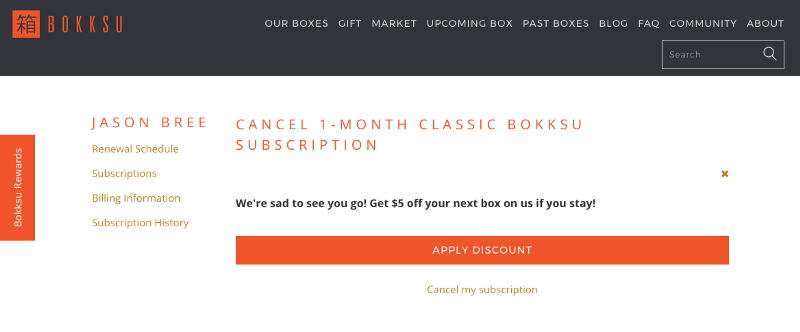
It can even A/B test different offers against each other to determine the most effective options and drive down churn as much as possible—like by saving 17% of cancellations for LOLA.
Listen to your customers
To make your subscription service indispensable to customers, you need to understand exactly what they need from you and what they value in a subscription. The name of the game is personalization—an offering that doesn’t feel tailored specifically to their needs is unlikely to resonate.
Arm yourself with data
Decisions made without supporting data are shots in the dark. To make sure your subscription offering resonates with customers, you need to understand your audience as thoroughly as possible: who they are, how they shop, and the factors that influence their purchases.
Recharge’s Home Analytics Dashboard is one way to get to know your customer base. It can deliver insights into different cohorts of your subscribers, evaluate which of your products perform the best, and track retention and churn. Explore your platform of choice to see what insights it offers to help guide your business decisions.
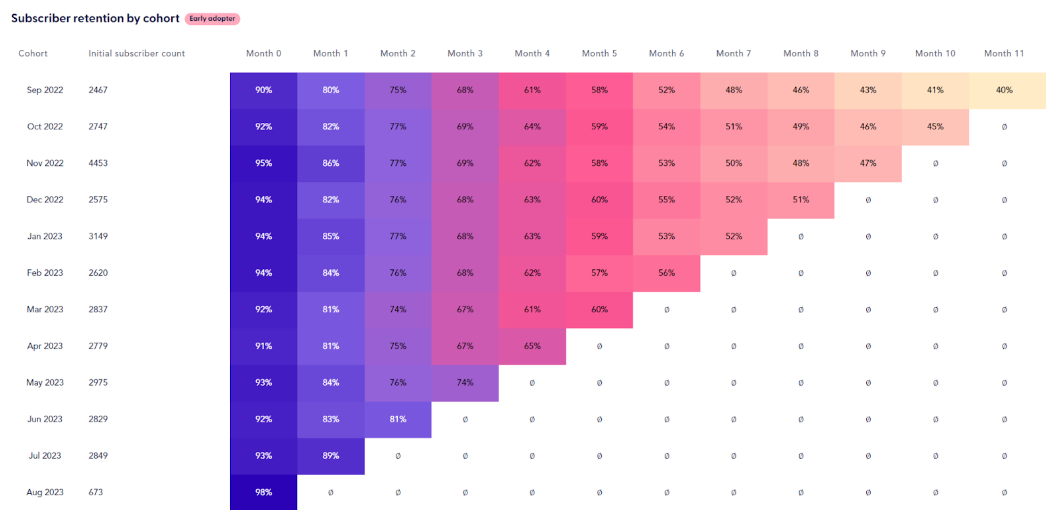
And don’t forget that data collected for one purpose can help other areas of your business too. Do lots of customers who cancel say that their subscriptions cost too much or that they have too much product on hand? Sure, you might retain individual customers with discount codes or paused orders. But you’ll likely satisfy many more (and boost sales while you’re at it) by reducing your monthly fee to offer more competitive pricing or by tweaking the amount of product delivered in each order.
Tailor your business to your customers
Success in the routine economy is about feeling essential to customers’ daily lives. Personalizing your services conveys that you’re ready to meet your subscribers’ needs no matter what they are.
There are tons of ways to personalize subscription businesses, ranging from simple to sophisticated. A discount for first-time customers doesn’t require any actual personalization, but provides a warm welcome to your brand and makes customers feel like they’re getting extra benefits from your brand right off the bat. Custom bundles are another hands-off way to deliver exactly what your customers need—who knows their routine better than they do?
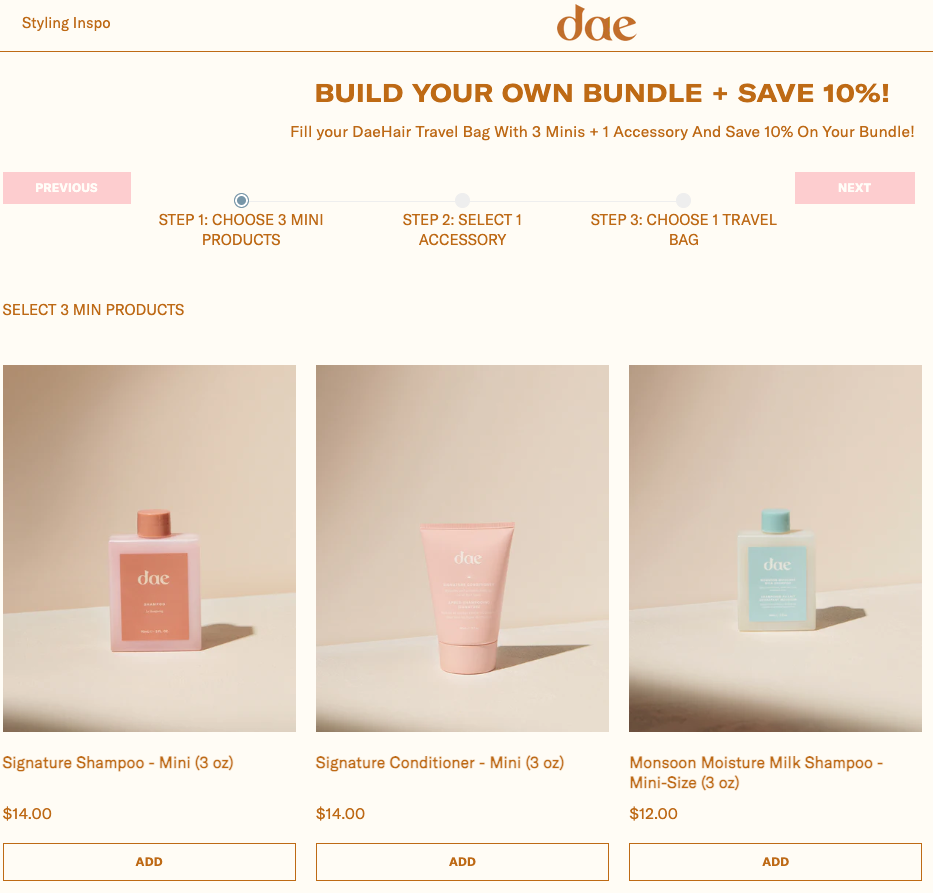
Once you’re armed with more data about individual shoppers, you can really personalize your services. Target customers with coupon codes on products you think they’ll love based on their shopping history, run promotions on product lines that resonate with specific cohorts of customers, and more—the possibilities are endless.
Subscription strategy is business strategy
Rapid changes to the subscription business model in recent years mean that many subscription companies are struggling to retain paying customers. But by learning from your customers and molding your offering to their needs—whether that’s with targeted promotions, personalized retention offers, or other data-driven approaches—you can turn uncertainty into steady sales and predictable revenue.
Sources
[1] Subscription Business Model Defined, How It Works, Examples (Investopedia)
